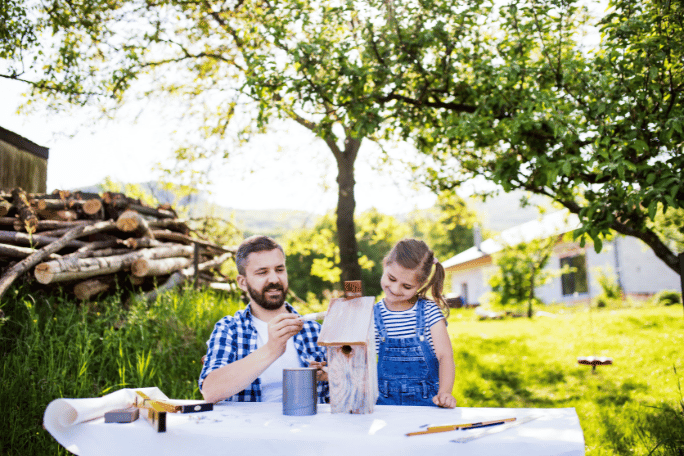Lesson summary
In this activity students are asked to examine the three main forms of environmental art: 1. Art that is inspired by the natural world; 2. Art that celebrates personal engagement in nature; 3. Art that directly addresses environmental issues. Students are first asked to assess three different works of art, and then choose a work of environmental art that interests them and analyse this work. Students may present their responses to the class.
Learning intentions:
Students will...
- recognise that there are multiple forms of environmental art.
- recognise the visual conventions used by of a range of environmental artists.
- critically analyse some of the visual intentions used by environmental artists.
Lesson guides and printables
Lesson details
Curriculum mapping
Australian Curriculum content descriptions:
Years 7 & 8 Visual Arts:
- Develop ways to enhance their intentions as artists through exploration of how artists use materials, techniques, technologies and processes (ACAVAM119)
- Analyse how artists use visual conventions in artworks (ACAVAR123)
General capabilities: Critical and creative thinking, Ethical understanding.
Time required: 60 mins
Level of teacher scaffolding: Medium – oversee activity and facilitate discussion
Resources required
- Internet access
- access to library
- student worksheet
- Prezi.


Welcome back!
Don't have an account yet?
Log in with:
By signing up to Cool.org you consent and agree to Cool's privacy policy to
store, manage and process your personal information. To read more, please see
our privacy policy here(Opens in new tab).
Create your free Cool.org account.
Many of our resources are free, with an option to upgrade to Cool+ for premium content.
Already have an account?
Sign up with:
By signing up to Cool.org you consent and agree to Cool's privacy policy to
store, manage and process your personal information. To read more, please see
our privacy policy here(Opens in new tab).